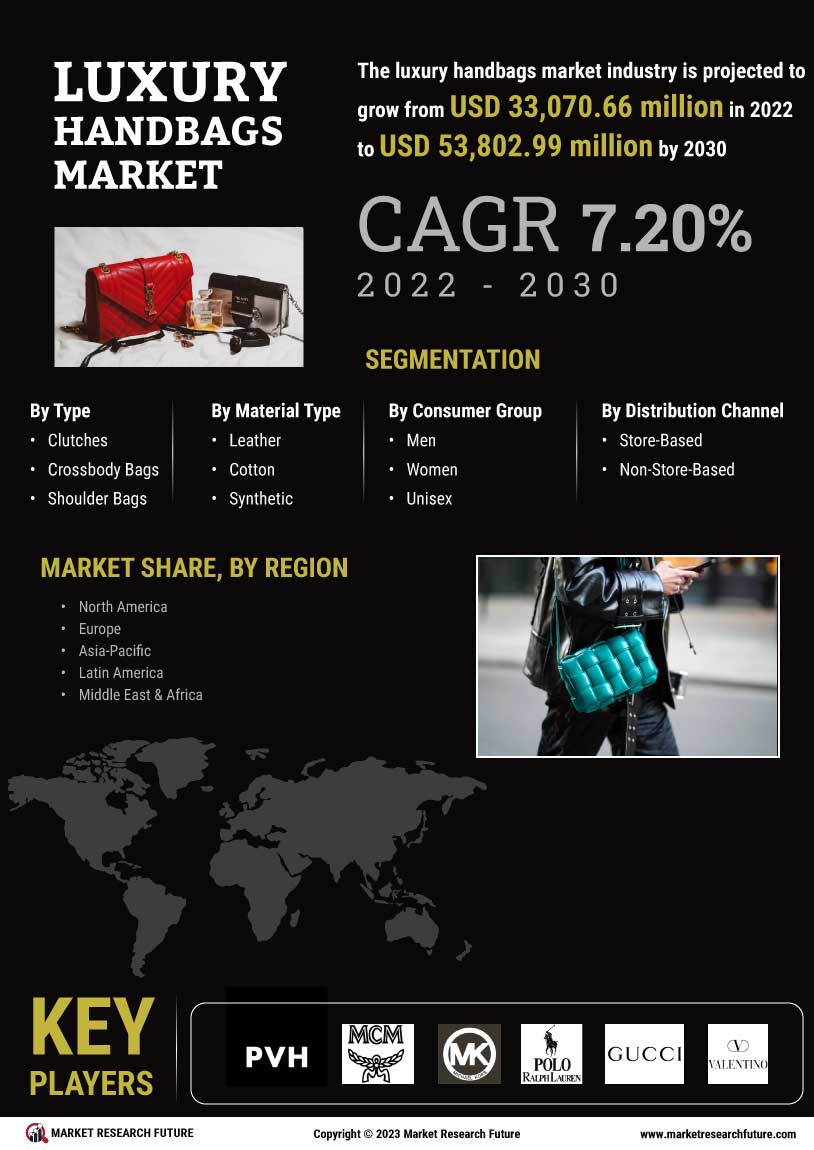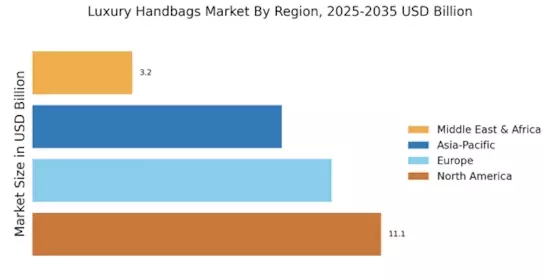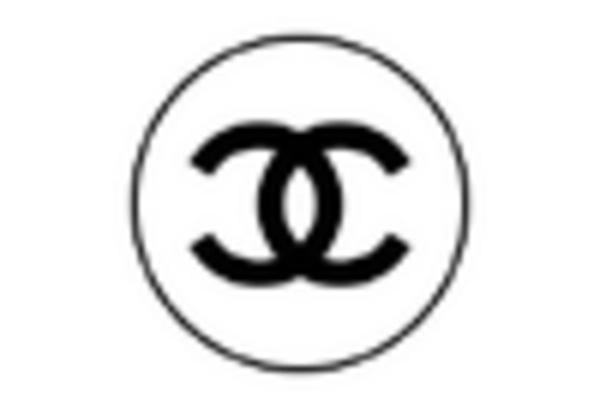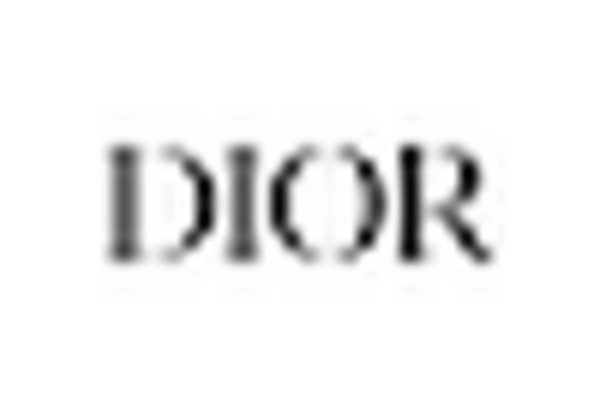The key companies are continually striving to gain a competitive edge through innovative product offerings, strategic collaborations, and extensive research and development activities. The heritage brands boast a rich history of craftsmanship and exclusivity, resonating with discerning consumers seeking timeless elegance. Additionally, newer contenders like Gucci and Prada have swiftly risen to prominence, captivating a younger audience with their innovative designs and strategic marketing initiatives. The market is further diversified by boutique luxury brands like Bottega Veneta and Celine, which have garnered devoted followings for their minimalist aesthetics and unique materials.
One of the key business strategies deployed by the Luxury Handbags industry to gain a competitive advantage among the competitors is increasing product launch. Also, expansion with new startups and small-scale manufacturers augment the production capacity to meet the increasing demand for various Luxury Handbags Market types in the market.
Ralph Lauren company prominently deals in designing, marketing, and distributing premium lifestyle products. The company functions in five major categories like apparel, home, footwear & accessories, fragrances, and hospitality. It has several brands under its name, including Label, Ralph Lauren Collection, Ralph Lauren Purple, Double RL, Polo Ralph Lauren, Lauren Ralph Lauren, Polo Ralph Lauren Children, and Chaps. The company has around 504 retail stores which have around 4.0 million square feet of space acquired.
The company also has a digital commerce site which is handled by third-party sources. Additionally, the company has around 193 factory stores located in North America whereas Europe includes 59 factory stores by segment. The company serves more than 120 countries in North America, Asia, and Europe.
Kering is involved in developing, designing, manufacturing, marketing, and selling apparel and accessories. The company offers a vast product portfolio with numerous product segments including leather goods such as handbags and wallets, purses, leather products, eyewear, shoes, accessories, jewelry, and watches for men and women. Kering offers its products under several brands including Gucci, Saint Laurent, Bottega Veneta, Balenciaga, Alexander McQueen, Brioni, Boucheron, Pomellato, DoDo, Qeelin, Ulysse Nardin, and Girard-Perregaux. The company sells its products through department stores, multi-brand stores, and franchise stores, as well as e-commerce sites. Kering offers its products in Asia-Pacific, Western Europe, North America, and Japan.


















Leave a Comment